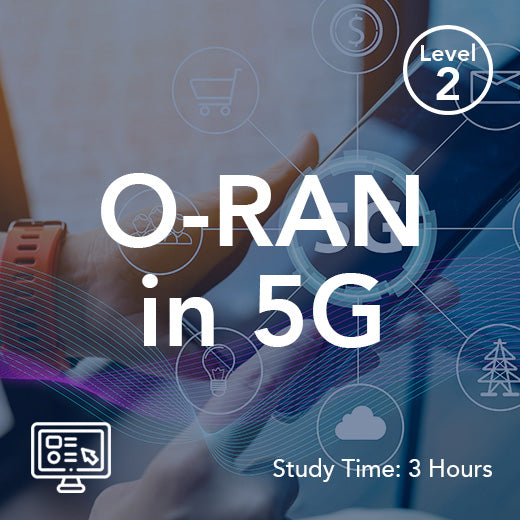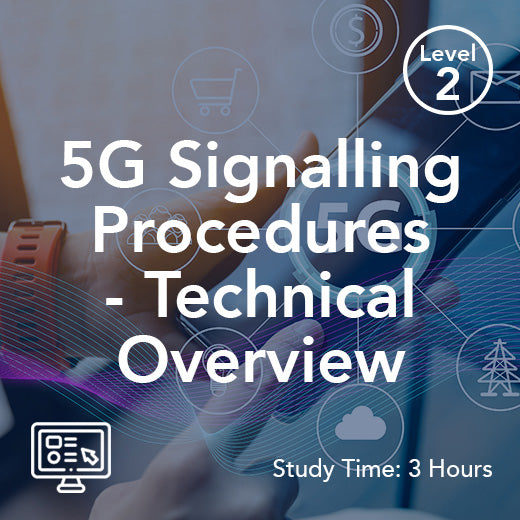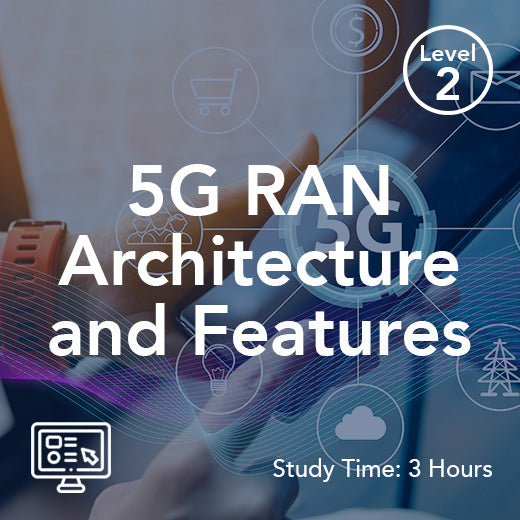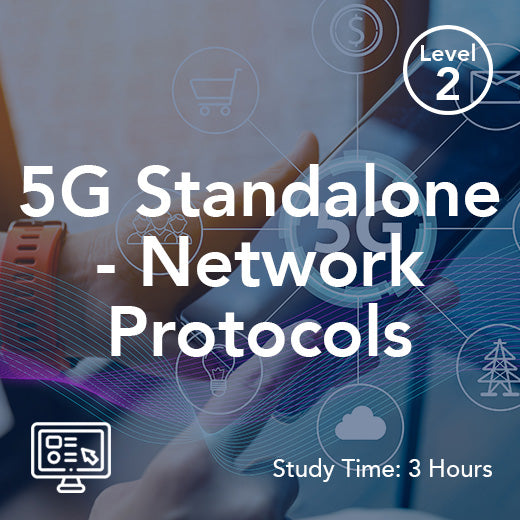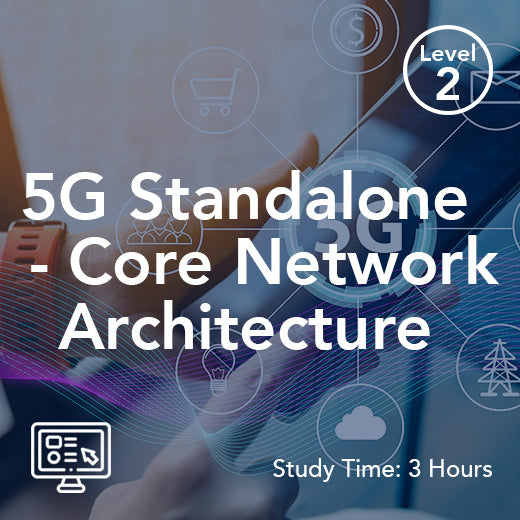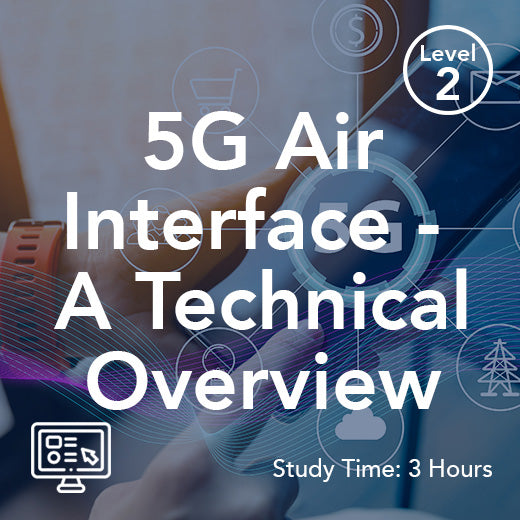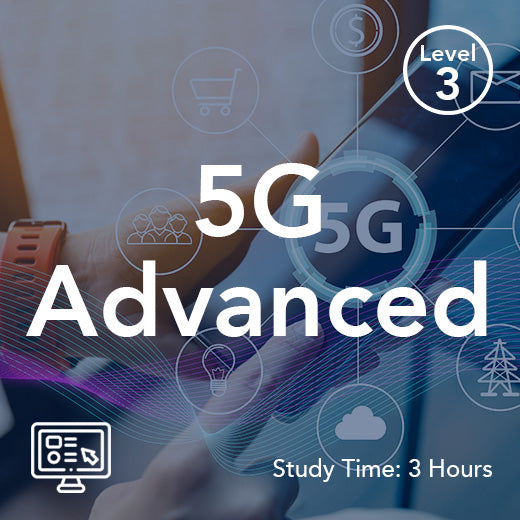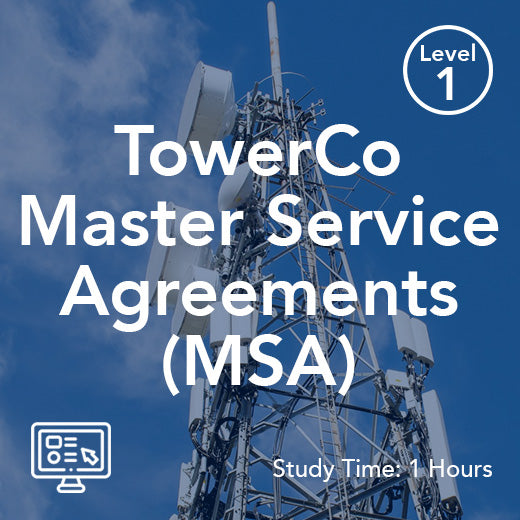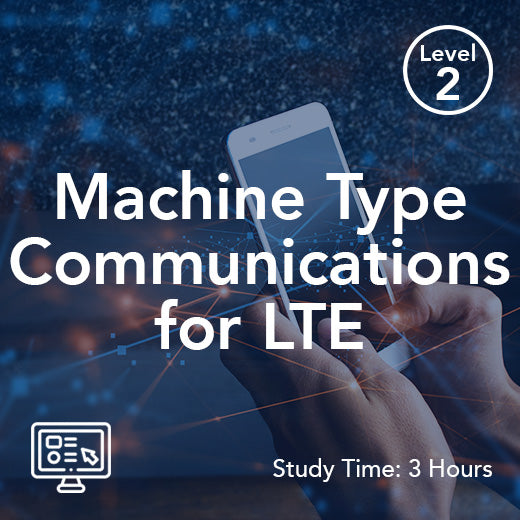Edge Enhanced Data Rates For Gsm Evolution
- , by Stephanie Burrell
- 2 min reading time
Edge Enhanced Data Rates for GSM Evolution (EDGE) is a digital mobile phone technology that allows improved data transmission rates and increased capacity. It is an extension of the Global System for Mobile Communications (GSM) standard and is particularly relevant in the UK market due to its widespread adoption and compatibility with existing infrastructure.
EDGE technology leverages advanced modulation techniques and encoding schemes to achieve higher data rates compared to traditional GSM networks. This enables users in the UK to experience faster downloads, smoother streaming, and better overall performance when accessing data services on their mobile devices.
In the UK telecom market, EDGE plays a crucial role in bridging the gap between 2G and 3G technologies, providing a cost-effective solution for operators to enhance their network capabilities and meet the growing demand for mobile data services. By implementing EDGE technology, telecom companies in the UK can offer improved data speeds and a more seamless user experience to their customers.
Overall, EDGE technology in the UK market represents a significant advancement in mobile communications, allowing for enhanced data rates and improved network performance. Its compatibility with existing GSM infrastructure makes it a practical and efficient solution for operators looking to upgrade their networks and deliver better services to consumers.
EDGE (Enhanced Data Rates for GSM Evolution) was developed as an extension of the GSM standard (Global System for Mobile Communications), offering a practical way for operators to increase data rates without deploying an entirely new network. By upgrading base stations and applying a new modulation scheme, operators could implement edge technology through a simple software upgrade to existing GPRS networks. This approach significantly reduced costs while enabling higher data rates, reduced latency, and improved performance for both text messages (SMS) and advanced data services such as mobile internet access.
In terms of mobile communications, EDGE evolution allowed mobile devices and handsets in Europe and the UK to achieve improved data speeds compared to earlier GSM networks. Users could connect to the internet, send text messages, or use web-based services with much better reliability and quality. By increasing the number of bits transmitted per time slot, EDGE provided a more efficient use of the network spectrum, ensuring that customers experienced enhanced connectivity and smoother access to online services.
For operators, the introduction of EDGE represented a key step in the development of mobile broadband, acting as the bridge between 2G (GSM, GPRS) and 3G networks. The features of EDGE included support for uplink and downlink data, better security, and compatibility with millions of existing phones already deployed worldwide. As an evolution of the global system for mobile communications, it was widely implemented across Europe and beyond, ensuring widespread adoption. Even today, in areas with weaker 3G or 4G signals, EDGE continues to serve as a reliable fallback, offering users the ability to stay connected with essential data and services.


